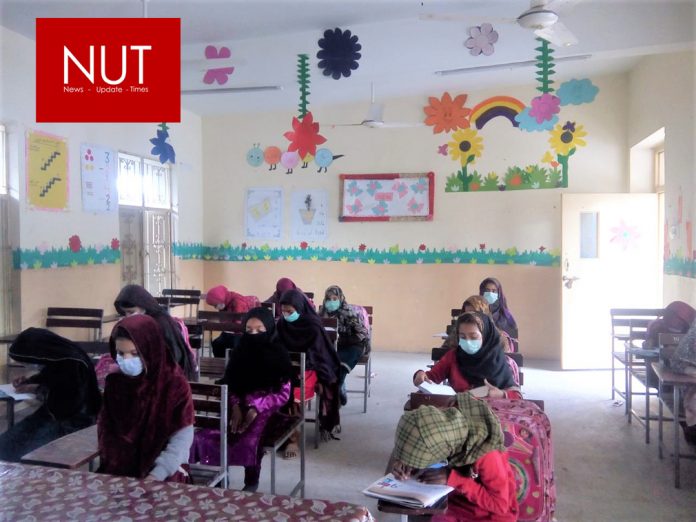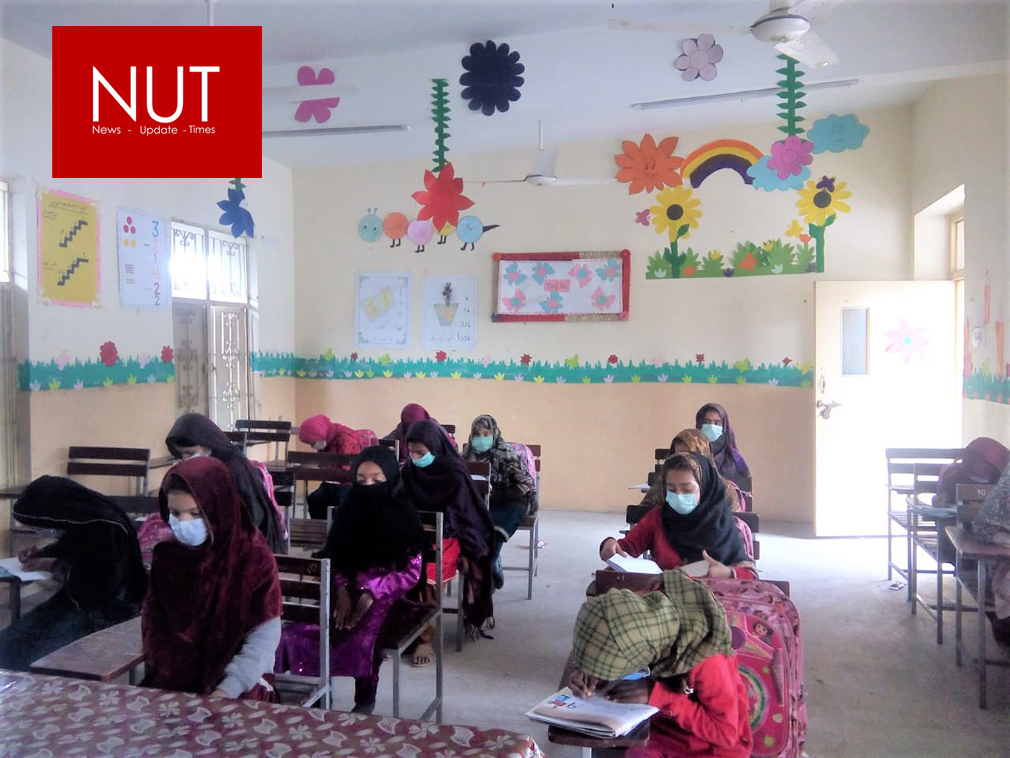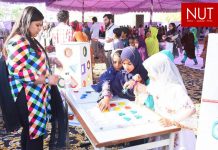Provinces Must Utilize the Fiscal Space Created for Them by the Ehsas Education Stipend Program to Prioritize Investment in Enhancing the Quality of Education in Public Schools: PYCA
Lahore (Muhammad Yasir) “Prime Minister Imran Khan, Dr. Sania Nishtar and the entire government machinery that worked to make the Ehsas Education Stipend program a reality deserve a huge gratitude. This program has been launched at a time when Pakistan is struggling to prevent millions of marginalized students, especially girls from dropping out of schools in the aftermath of the pandemic-triggered financial strain experienced by households across the country.” These views were expressed by Areebah Shahid, Executive Director, Pakistan Youth Change Advocates (PYCA).
The recently announced Ehsas Education Stipend program has been structured along the lines of Ehsaas’ Stipend policy that incentivizes higher stipend amounts for girls as compared to boys. Under the Ehsaas Education Stipends, boys enrolled at the primary level will receive quarterly stipends of Rs. 1,500 and girls Rs. 2,000. Similarly, secondary school-going boys will receive Rs. 2,500 and girls Rs. 3,000 and at the higher secondary level, boys will get Rs. 3,500 and girls Rs. 4,000 per quarter. Upon the attainment of 70% attendance of their children, the education stipends will be paid biometrically to the mothers.
Explaining the long-term importance of the Ehsas Education Stipend scheme, Hisham Khan, Program Coordinator at PYCA said, “The introduction of this program will reduce the burden of the provinces to shoulder the stipend schemes alone and give them fiscal space to allocate their education development funds for other urgently needed interventions such as school nutrition or school midday meal programs and for uplifting the quality of overall education.”
Adding to this, Ms. Shahid pointed out, “The nationwide roll-out of the Ehsas Education Stipend program will especially benefit students in those provinces that do not currently have cash support schemes for out-of-school children. This step will also make Ehsas a more sustainable intervention by ensuring that the next generation of the beneficiary families is not unskilled and illiterate.”
Pakistan currently has 22.8 million out-of-school children, the majority of whom are girls. It is feared that millions more might drop-out in the backdrop of the on-going pandemic. And so, while the launch of the Ehsas Education Stipend program is a welcome step for the future of Pakistani children, it is equally important that the provinces to use the greater fiscal space being created for them through this intervention to prioritize investment in enhancing the quality of education in public schools.







